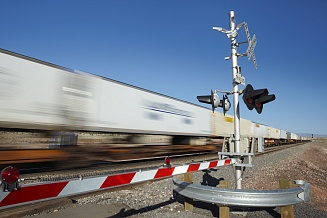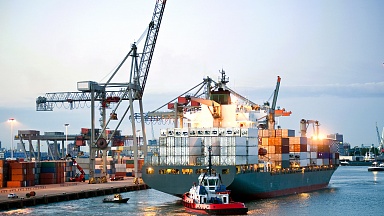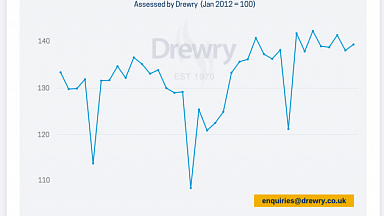Brief technical description
Facilities: administrative buildings, signaling control, service and technical buildings of track facilities, wagons, locomotive equipment, transshipment terminal for containers and oversize cargo, warehouses of the cargo temporary storage, security checkpoint building. Following facilities (zones) operate on the territory of Khorgos dry port:
– terminal zone (2 terminals):
1) double (vehicles + railway);
2) container;
– warehouse area:
1) 1 two-zone warehouse with design thermal mode;
2) 1 standard heated, with thermal mode;
– special storage zone;
– container yard,
divided into 3 parts:
1) yard for large-tonnage
containers;
2) yard for medium-tonnage containers;
3) yard for small-tonnage containers;
– business center;
– administrative building (dispatcher service).
Altynkol station[1]
Length of receiving-and-departure tracks with 1,435 mm gauge: 824 m/1,242 m
Length of receiving-and-departure tracks with 1,520 mm gauge: 1,088 m/1,242 m
Length of tracks for transshipment of containers with 1,435 mm and 1,520 mm gauge: 800 m/1,050 m
Daily container transshipment capacity: 3,000 TEUs /35 TEUs
Daily train receiving/departure capacity for the 1,520 mm gauge: 12 trains /12 trains
Daily train receiving/departure capacity for the 1,435 mm gauge: 16 trains/16 trains
Exchanging is possible: no
Khorgos station[1]
Length of receiving-and-departure tracks with 1,435 mm gauge: 904 m/1,061 m
Length of receiving-and-departure tracks with 1,520 mm gauge: 1,050 m/1,242 m
Length of tracks for transshipment of containers with 1,435 mm and 1,520 mm gauge: 850 m/850 m
Daily container transshipment capacity: 400 TEUs /5 TEUs
Daily train receiving/departure capacity for the 1,520 mm gauge: 12 trains /12 trains
Daily train receiving/departure capacity for the 11,435 mm gauge: 12 trains /12 trains
Exchanging is possible: yes
Capacity
900,000 TEUs/year
Transshipment and paperwork time
3 hours 45 minutes
- Up/ down, in the context West – East / East – West







